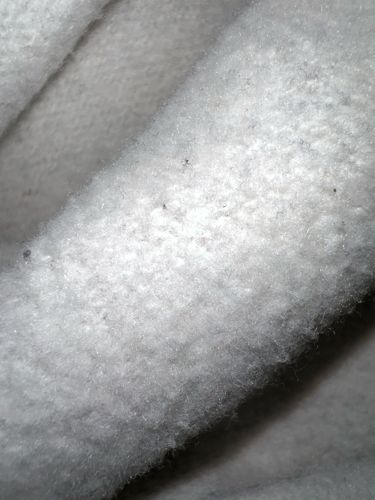Fungus Gnat
Scientific Name: Bradysia spp. or Sciara spp. (various genera within Sciaridae and Mycetophilidae)
Order & Family: Order: Diptera, Families: Sciaridae, Mycetophilidae
Size: 1-8 mm

Natural Habitat
Damp, humid environments, especially rich in decaying organic matter or fungi. Commonly found in potted plants, greenhouses, and excessively moist soil.
Diet & Feeding
Larvae feed on fungi, decaying organic matter, and plant roots (especially fine root hairs). Adult gnats do not typically feed or feed on liquids.
Behavior Patterns
Adults are weak fliers, often seen walking or flying short distances near infested areas. Larvae live in the soil. Their life cycle from egg to adult is relatively short (2-4 weeks), allowing for rapid population growth in favorable conditions. Adults are attracted to light.
Risks & Benefits
Risks: Larvae can damage plant roots, leading to wilting, stunted growth, and yellowing of leaves, particularly in young or stressed plants. Heavy infestations can be annoying indoors. They do not bite or transmit diseases to humans. Benefits: They play a role in decomposition of organic matter in natural ecosystems.
Identified on: 10/22/2025